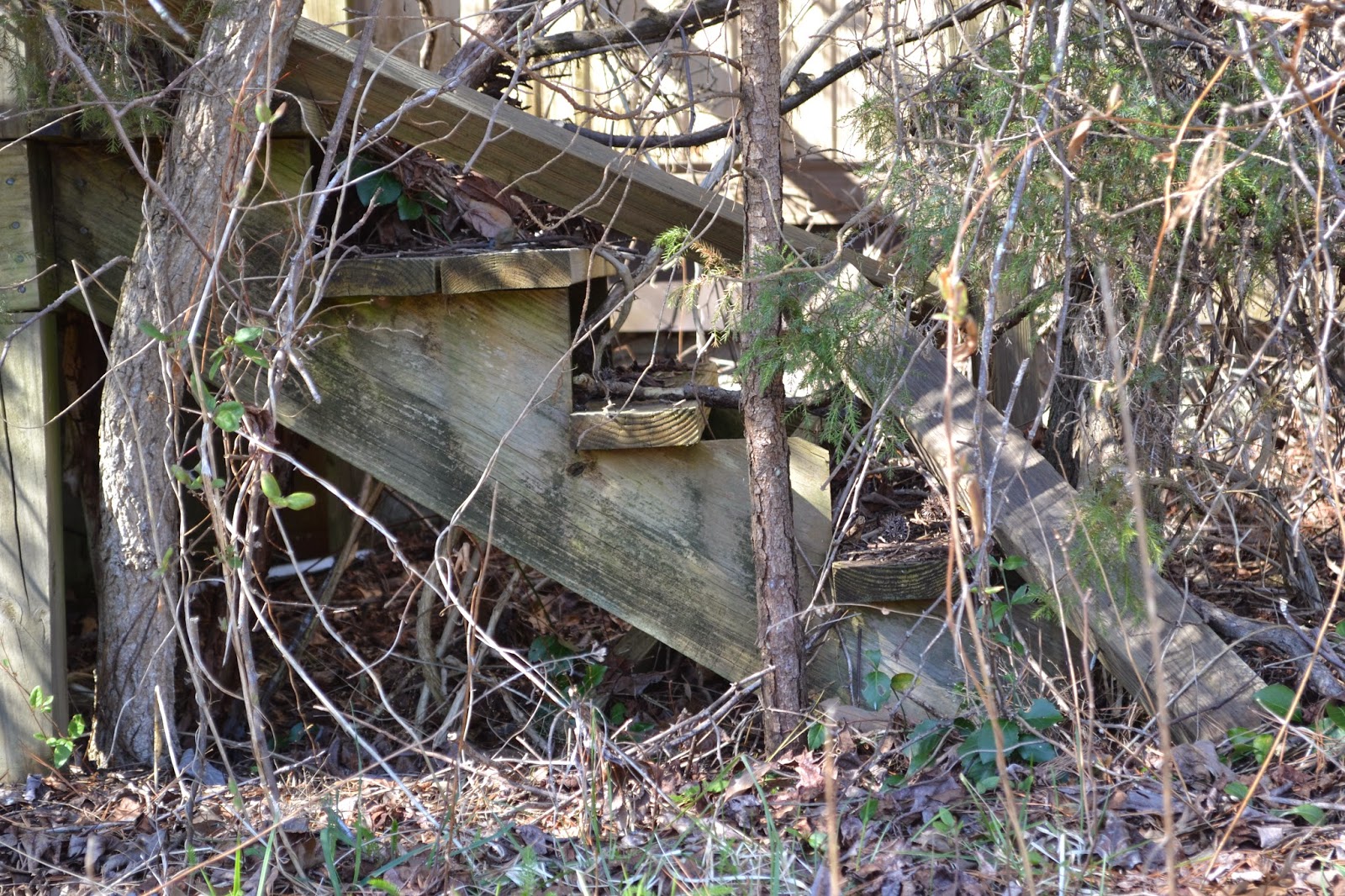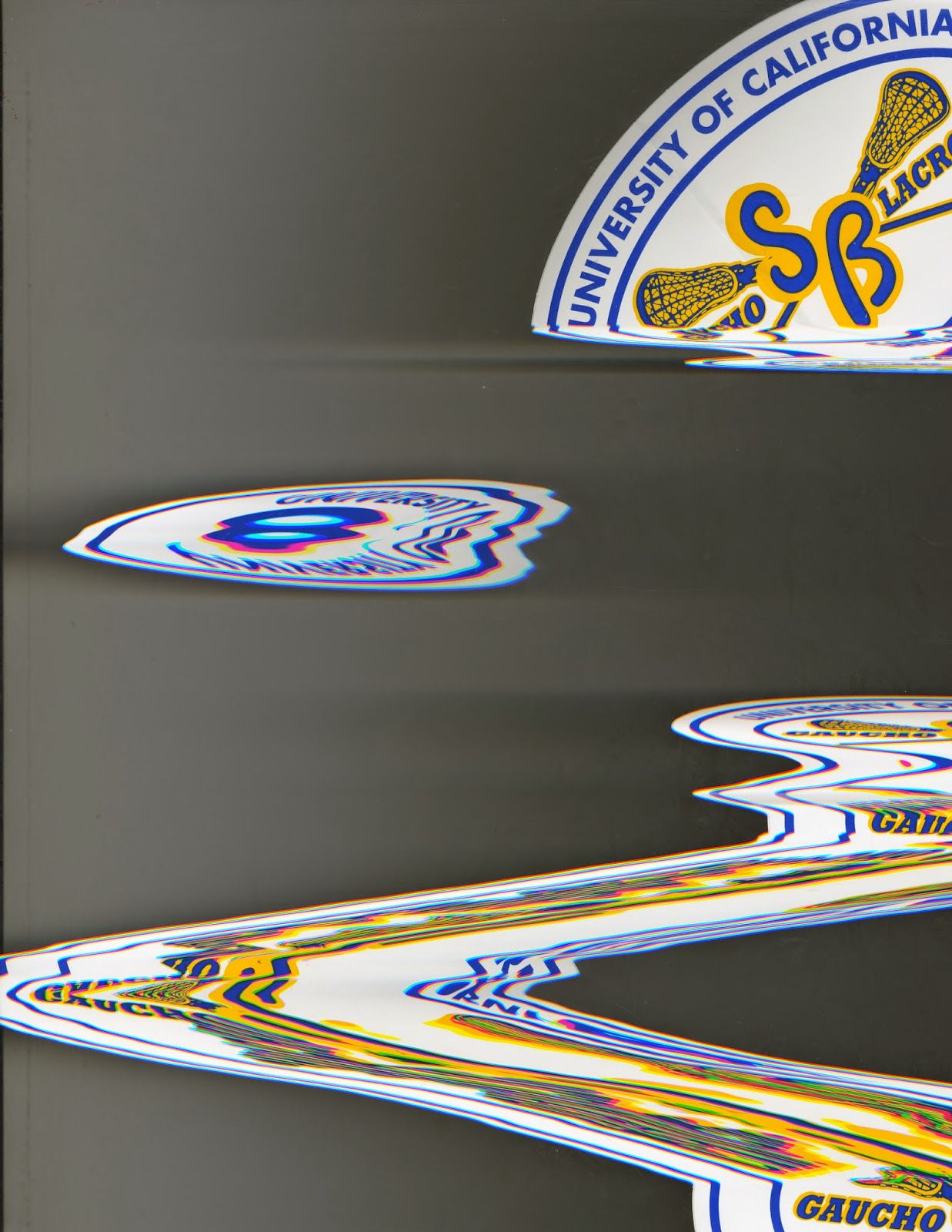Alejandro Duran went to Tufts University, graduating with a major in Education and a minor in Literature. He was born in Mexico but spent the majority of his life in New York. His work includes Photography, installation and video. His latest work on display is located at Hunter’s East Harlem Art Gallery. His work is called “Washed Up: Transforming a Trashed Landscape”. Duran works mainly with Man and Nature and recently on how the negative effects of our pollution has carried through to the natural world around us. His images of trash which include; water bottles, old plastics, bottle caps, couch foam, flip flops, toothbrushes…etc.

Alejandro’s work makes beauty out of something terrible. He places these old, broken, bent objects that are all relatively the same color and places them strategically around an around of nature to make it look like it belongs. This type of work makes a great impact because as the world has become more lazy it has simultaneously become more polluted. We have stopped caring about the environment and what our trash does to the ecosystems and Alejandro shows that effect. He has collected the trash from shores from over fifty nations of six continents. He carefully places his objects around Mexico’s largest federally protected reserve, Sian Ka’an. Duran wanted his pieces to mirror our current reality. He wanted to show how bad our impact is, even in places that aren’t creating the waste. Duran states, “ The resulting photo series depicts a new form of colonization by consumerism, where even undeveloped land is not safe from the far-reaching impact of our disposable culture.”
Duran uses similar colors in his pieces, blending the trash he places in the environment, and the environment himself. Some of the images it takes you a second to realize that it’s not just some random pretty natural object, but trash that has been made into beauty. He hides plastics throughout his work to blend it in with the nature, giving his photographs a cohesive feel. I like Duran’s work and his impact on society because in some ways it is a slap to the face. Showing the world what it has done to the natural beauty around us and showing us how our wasteful habits are negatively impacting everyone, not just developed areas.
Link to his website:
http://www.alejandroduran.com






















































